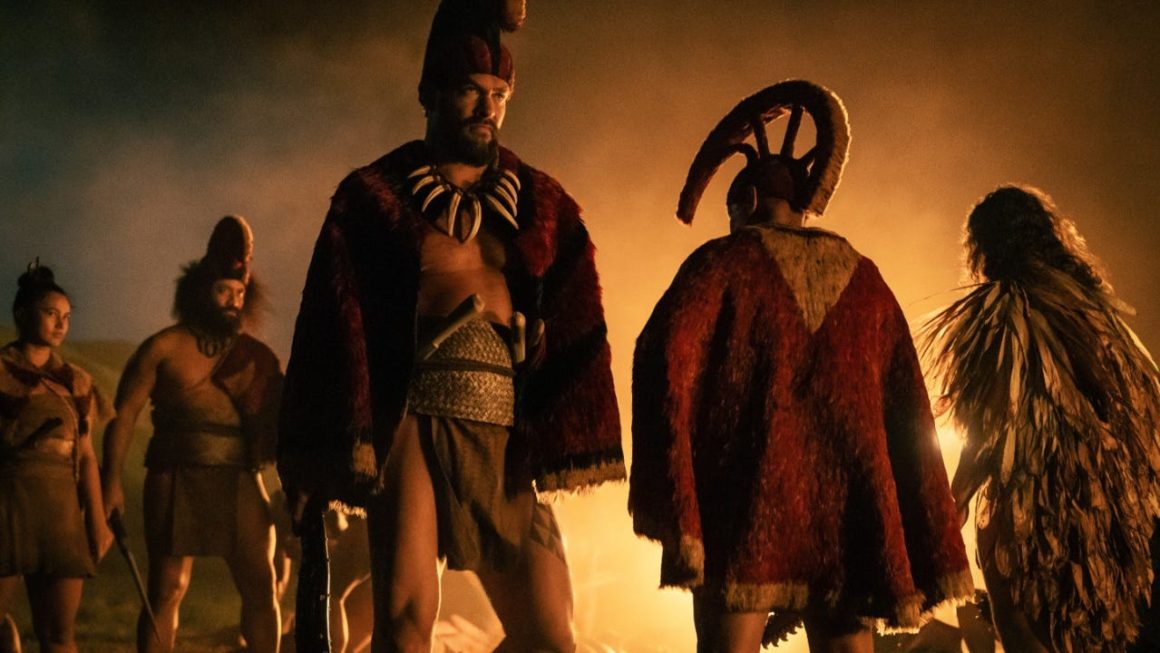Want to watch a feel-good story about death? Serving as a kind of summation for the Netflix series The Sandman, the one-hour special episode “Death: The High Cost of Living” focuses on one of the show’s most popular characters: the stylishly dressed and surprisingly sweet Death, played by the accomplished, single-named English actress Kirby. Though it doesn’t feature the series’ title character, this episode is still one of the series’ best, reemphasizing the powerful message that took hold at the end of Dream’s saga: that all lifetimes have meaning, no matter whose they are or how long they last.
Based on an award-winning 1993 Sandman spinoff graphic novel, “Death: The High Cost of Living” is rooted in a classic fantasy and mythology premise: What if the personification of death were given one day off every 100 years, to spend living as a mortal and gaining a greater understanding of what being human is like? These kinds of stories typically work well, because they invite the audience to see their own lives from a fresh perspective.
It helps that the supernatural vacationer here is Death, who has been such a warm and welcoming presence in The Sandman. Kirby won over the show’s fans in her first appearance: season 1’s “The Sound of Her Wings,” in which Death tried to get her perpetually self-absorbed brother Dream to recognize what’s wonderful about humanity. She’s good company again here, walking through the streets of London in a human body, taking pleasure in the sounds of traffic, the taste of a fresh veggie wrap, and the intense emotions of the people she meets during her 24 hours of mortal life.
One of those people is Sexton Furnival (Colin Morgan), a journalist who runs into Death on the day he’s planning to kill himself. Depressed over a recent breakup and convinced that the world is irreparably broken, Sexton has a baggie of sleeping pills at the ready, but his attention keeps getting diverted before he can swallow them. Sexton is a well-drawn and useful character, serving some of the same function that Dream did in “The Sound of Her Wings” by giving Death someone to provoke and to argue with – charmingly, as always.
There is one significant subplot, involving the TV series’ recurring character Mad Hettie (Clare Higgins), an unhoused Londoner who has been alive for over 200 years. Hettie, who knows about Death’s centennial holidays, gives Death a mission, to find Hettie’s missing “soul.” But while this part of the story pays off well at the end of the episode, even Death treats the quest as a minor distraction during her big day. She’s more interested in having fun and in showing Sexton – and by extension those of us watching at home – that even amid the misery of modern life, there can and should be moments of joy.
The episode’s centerpiece comes when Death drags a reluctant Sexton to a nightclub, where he knows he’ll see his friends and worries he’ll run into his ex. The club is managed by the smarmy Theo (Jonno Davies), who takes an immediate and not-so-innocent interest in Sexton’s new pal, “Didi.” Sexton thinks Theo is a bad person, and while it might be easy for us to agree with him – thanks in no small part to the way Davies plays him, with a tight smile masking some obvious menace – Death pushes back on this, seeing Theo as just another mixed-up mortal dominated by his fears, regrets, and desperate needs. The tense conversations between these three characters don’t just add some drama to an otherwise pretty chilled-out hour of television, they also push the audience to reconsider what being “a good person” or “a bad person” really means.
This is what “The High Cost of Living” is really about: spending a pleasant, memorable day with an immortal entity who can see a bigger picture than we can. This is what the series has been about as well: whisking viewers back and forth across centuries to put our own lives and the stories and legends we share with each other into a larger context.
If that seems corny, just know that this episode still contains the elements of deep darkness that have run throughout The Sandman – the ones that provide an effective contrast to the flashes of light. Sexton’s talk of suicide early on establishes the kind of pain these humans are feeling, as does later talk about drug addiction, sexual abuse and climate collapse. Death herself is not blind to what humans go through. If anything, it’s what makes her want to urge people to appreciate a good meal, a fun night out, a warm embrace… all of those things we will miss when Death, back from her break, comes knocking on the door.




купить диплом с записью в реестре купить диплом с записью в реестре .